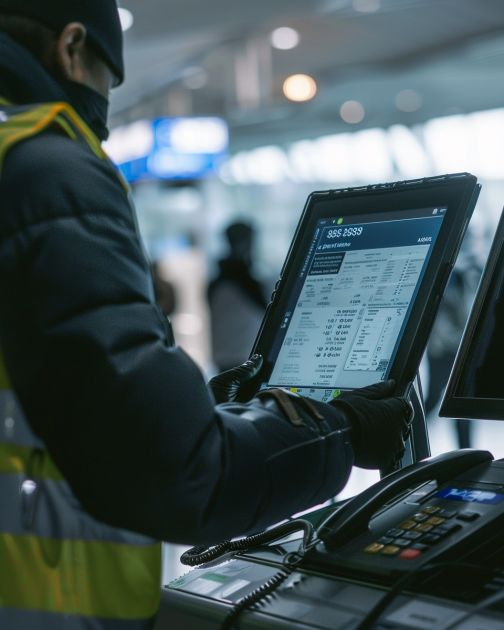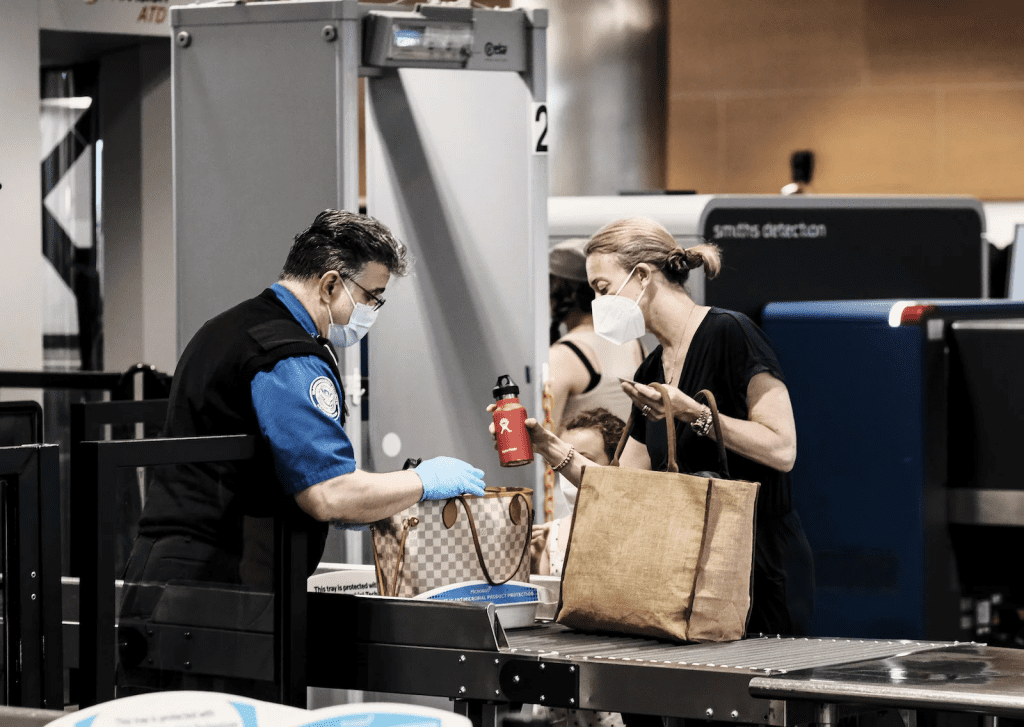Today was supposed to be a day of excitement for our family as we eagerly awaited my son’s fiancée’s arrival. However, her journey hit an unexpected bump when she received an SSSS marking on her boarding pass. Given that it’s her first flight, we were all taken aback and left wondering what this mysterious code meant. If you or someone you know has encountered an SSSS on their boarding pass, this guide will explain everything you need to know and help ease any travel anxiety.
What Does SSSS Stand For?

The SSSS designation stands for Secondary Security Screening Selection. This label is applied by the Transportation Security Administration (TSA) in the United States and indicates that the passenger has been selected for additional security screening. Passengers with an SSSS marking typically undergo a more thorough inspection, which may include extra scrutiny of their luggage, a physical pat-down, and sometimes even additional questioning.
While it may seem alarming, SSSS screenings are relatively common and usually involve a quick, detailed check before boarding the plane.
Why Do Passengers Get an SSSS Designation?
Several factors can trigger an SSSS designation, and while some are related to security protocols, others are more situational. Here are the most common reasons:
- Random Selection
- The TSA sometimes chooses passengers at random for additional screening. This random selection process is designed to enhance airport security by ensuring a diverse range of passengers is subject to further scrutiny.
- Last-Minute Ticket Purchases
- Buying a ticket shortly before a flight can trigger an SSSS marking. Last-minute purchases may prompt additional security checks as they can sometimes correlate with suspicious travel behavior.
- International Travel
- Passengers traveling to or from countries that are associated with heightened security concerns may also receive an SSSS designation. International flights, especially those involving certain regions, often require more rigorous screening.
- Unusual Travel Patterns or Incomplete Travel History
- If a passenger’s travel history is inconsistent or includes visits to specific destinations flagged by the TSA, it may result in an SSSS designation. This extra screening helps the TSA gather more information on travelers with unique or unclear travel patterns.
What to Expect During an SSSS Screening
An SSSS screening involves several steps designed to ensure passenger safety. Knowing what to expect can make the experience smoother:
- Boarding Pass Verification
- The TSA agent will scan the boarding pass and see the SSSS mark. This prompts additional steps, which may take a few extra minutes to complete.
- Identification Verification
- Passengers are typically asked to provide additional identification. It’s best to keep your ID readily accessible to avoid delays.
- Thorough Pat-Down
- Expect a detailed physical pat-down by a TSA officer. This part of the process is done professionally and is usually completed quickly.
- Luggage Inspection
- Your carry-on and checked bags will be carefully inspected. TSA agents will likely open and examine the contents, so be prepared for your items to be handled.
- Additional Questioning
- In some cases, TSA officers may ask questions about your travel plans, purpose of travel, and background. Answering these questions honestly and promptly helps to speed up the process.
How to Prepare for an SSSS Screening

Receiving an SSSS marking on your boarding pass may feel intimidating, especially if you’re traveling for the first time. Here are a few tips to help you prepare for and navigate the screening process with ease:
- Arrive at the Airport Early
- With an SSSS designation, it’s wise to give yourself extra time. Arriving at least three hours before your flight can prevent any stress from delays caused by the additional screening.
- Have Identification Ready
- Bring multiple forms of ID just in case. Having them easily accessible will make the process smoother when asked to verify your identity.
- Pack Your Luggage Efficiently
- When packing, keep your items organized so they’re easy to inspect. Place electronic devices and liquid containers in areas that are quick to access, making it easier for TSA agents to check your bags without unnecessary hassle.
- Remain Calm and Cooperative
- A positive attitude goes a long way. Cooperating with the TSA officers and following instructions helps make the process quicker and less stressful. Remember, the additional screening is a standard procedure and does not reflect anything personal.
What to Do If You Frequently Receive an SSSS Marking

If you find that you or someone in your family is consistently receiving the SSSS designation, there are steps you can take to reduce the likelihood of additional screenings in the future:
- Enroll in a Trusted Traveler Program
- Programs like TSA PreCheck and Global Entry can help expedite your security process by providing pre-clearance for low-risk travelers. These programs require background checks but can streamline the process significantly for frequent flyers.
- Contact the DHS Traveler Redress Inquiry Program (DHS TRIP)
- If you believe the SSSS designation is recurring unnecessarily or due to an error, you can file a redress request with DHS TRIP. This program helps passengers who face constant security screening resolve their issues, potentially reducing the frequency of the SSSS marking.
- Maintain Consistent Travel Patterns
- Over time, establishing a clear travel history can sometimes help reduce the likelihood of receiving an SSSS designation. Consistent travel patterns and purchasing tickets well in advance can help build a record of routine travel behavior.
Can You Avoid an SSSS Marking Altogether?

While it’s not always possible to avoid an SSSS marking entirely, you can take certain precautions to minimize the chances of receiving one. Avoid purchasing tickets at the last minute, stay consistent with your travel history, and consider enrolling in a trusted traveler program for added convenience. If the SSSS designation appears frequently, the DHS TRIP program can help you address any underlying issues.
Conclusion: Embrace the Process and Travel Confidently
Encountering an SSSS marking on a boarding pass can be surprising, but understanding what it means and knowing how to handle it can ease the journey. By preparing in advance, staying organized, and following TSA guidelines, travelers can navigate the process smoothly, even if it requires a few extra steps. Armed with this knowledge, my son’s fiancée—and any traveler facing their first SSSS—can now approach their journey with confidence and peace of mind.
Safe travels to all, and remember that a little preparation can turn an unexpected challenge into just another part of the adventure!